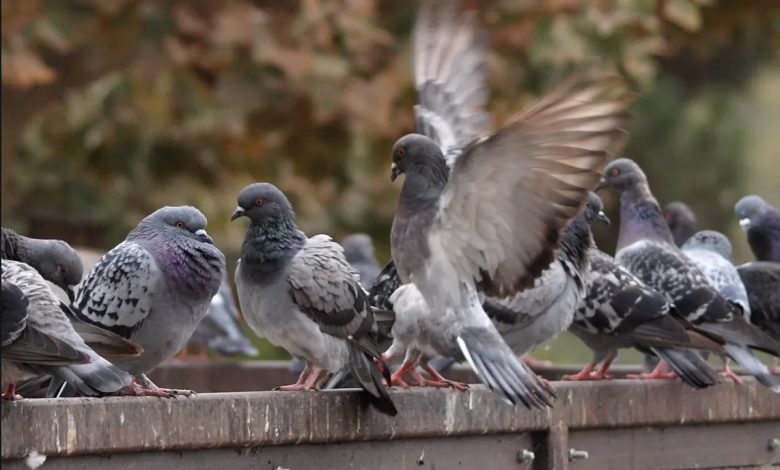The Columbidae

The Columbidae are usually divided into five subfamilies, probably inaccurately.[16] For example, the American ground and quail doves (Geotrygon), which are usually placed in the Columbinae, seem to be two distinct subfamilies.[17] The order presented here follows Baptista et al. (1997),[18] with some updates.[19][20][21]
The arrangement of genera and naming of subfamilies is in some cases provisional because analyses of different DNA sequences yield results that differ, often radically, in the placement of certain (mainly Indo-Australian) genera.[citation needed] This ambiguity, probably caused by long branch attraction, seems to confirm the first pigeons evolved in the Australasian region, and that the “Treronidae” and allied forms (crowned and pheasant pigeons, for example) represent the earliest radiation of the group.[citation needed]
The family Columbidae previously also contained the family Raphidae, consisting of the extinct Rodrigues solitaire and the dodo.[21][22][23] These species are in all likelihood part of the Indo-Australian radiation that produced the three small subfamilies mentioned above,[24] with the fruit doves and pigeons (including the Nicobar pigeon). Therefore, they are here included as a subfamily Raphinae, pending better material evidence of their exact relationships.[25]
